There’s a popular food here in the panhandle of Florida that could prove fatal if you have diabetes (as well as certain other health problems).
Cooking it thoroughly makes it completely safe. Do you know what it is? This picture is a huge clue!
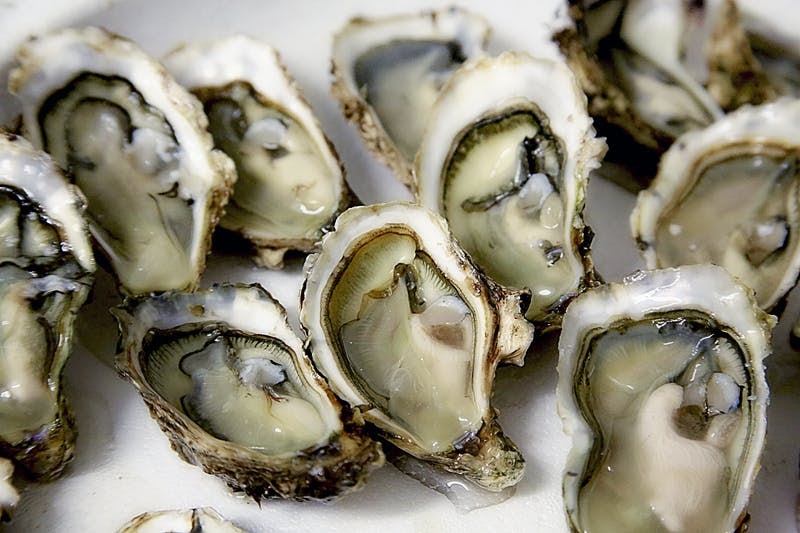
I don’t mean to be a fun-sucker. I just want you to be safe. Between May and October is when we see the most illness from raw oysters and other uncooked shellfish (like clams and mussels). Of course, you can get sick from raw and undercooked shellfish any time of year. Here’s why it happens:
Oysters and their cousins are what we call “filter feeders.” That is they eat by constantly drawing in water and all the materials in it, including harmful bacteria and viruses, and filter it through their bodies. They absorb the nutrients they need along with a number of not very helpful materials. Among these is a bacteria called Vibrio that naturally inhabits coastal waters where oysters grow. These bacteria become concentrated in oysters’ tissues and infect people who eat them raw or undercooked. This can cause an infection called vibriosis. You can also get vibriosis from having a cut or wound and being in brackish or saltwater where the bacteria is present.
Oysters that contain the harmful bacteria don’t look, smell or even taste different than any other oyster. Cooking it properly kills the bacteria and keeps you safe.
According to the Center for Disease Control (CDC) about 80,000 people get sick, and 100 people die, from vibriosis in the United States every year. Anyone can get sick from vibriosis but you’re more likely to get severe complications and even die if you have liver disease, alcoholism, cancer, diabetes, HIV, or the blood disorder thalassemia. Another at-risk group are people taking immune suppressing drugs for the treatment of a disease or after a transplant.
Most Vibrio infections cause only diarrhea and vomiting. However, people that get the strain Vibrio vulnificus may get very sick and one in five people who contract it will die. This infection can lead to bloodstream infections, severe blistering skin lesions and limb amputations. Be sure to contact your healthcare provider if you notice these symptoms and you recently ate or touched raw shellfish (or its juices) or came into contact with brackish or salt water.
Here’s how to stay safe:
1. Fully cook your oysters and other shellfish to kill harmful bacteria. Hot sauce, lemon juice and drinking alcohol do not kill the bacteria.
For shellfish in the shell-
Boil until the shells open and continue boiling another 3-5 minutes, or add to steamer when water is already steaming and cook another 4-9 minutes. Only eat shellfish that open during cooking. Throw out any shellfish that do not open fully after cooking.
For shucked oysters, either-
Boil for at least three minutes
·Fry and a oil for at least three minutes at 375°F
Broil 3 inches from heat for three 3 minutes
Bake at 350°F for 10 minutes
2. Always wash your hands with soap and water after handling raw shellfish.
3. Avoid contaminating cooked shellfish with raw shellfish and it’s juices.
4. Stay out of salt water or brackish water if you have a wound including cuts and scrapes.
5. Wash wounds and cuts thoroughly with soap and water if they’ve been exposed to seawater or raw seafood or its juices.
6. Wear protective gloves when handling raw seafood.
Source: CDC.gov
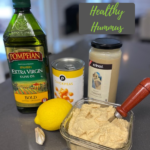

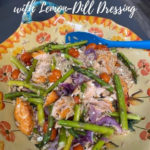

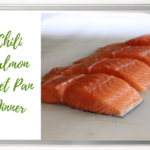
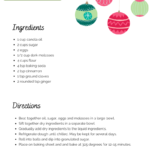
Leave a Reply